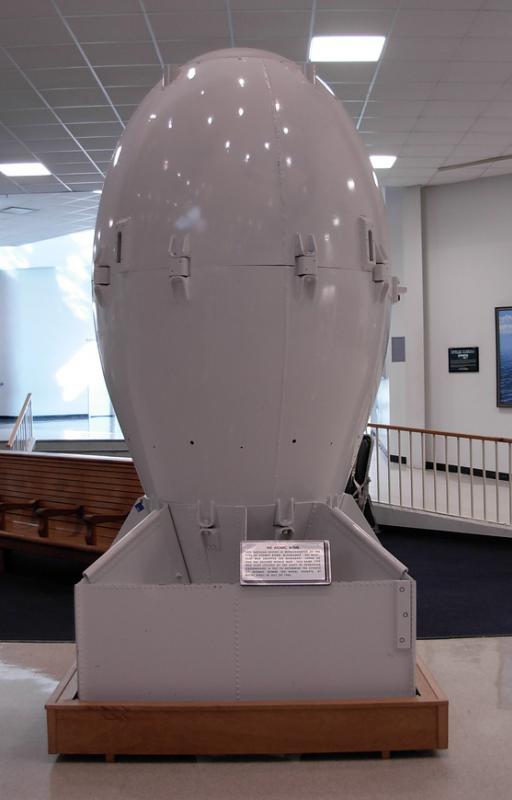At WiseGEEK, we're committed to delivering accurate, trustworthy information. Our expert-authored content is rigorously fact-checked and sourced from credible authorities. Discover how we uphold the highest standards in providing you with reliable knowledge.
What are Weapons of Mass Destruction (WMDs)?
"Weapons of mass destruction" (WMDs) is a vague term, often used by politicians, to refer to chemical, biological, radiological, and nuclear weapons capable of causing widespread destruction. This is in contrast to conventional bombs and bullets, which cause only localized damage. The term "weapons of mass destruction" first came into use soon after WWII, where it was coined to refer to the atomic bomb.
Soon after the early days of the Cold War, referring to WMDs fell out of vogue, as the United States was massively stockpiling nuclear weapons, and preferred to call them "strategic weapons" for PR purposes. The term lay dormant for decades, until it was revived in 1990 by members of the Clinton Administration during the Gulf War. Here, the term was used to refer to chemical weapons being manufactured by Saddam Hussein in Iraq.

WMDs as a term acquired a more controversial flavor in 2003, when members of the Bush administration said that weapons of mass destruction were likely being produced by Iraq and could be used to threaten the world community. This was used as justification for the 2003 invasion of Iraq. No WMDs were found. Because of its constant use, the American Dialect Society voted WMD the word of the year in 2002, and in 2003 Lake Superior State University added WMD to its list of terms banished for "Mis-use, Over-use and General Uselessness".

There is much controversy over which weapons should be regarded as WMDs and which shouldn't. The US FBI defined a WMD as, "A weapon crosses the WMD threshold when the consequences of its release overwhelm local responders," a very broad definition indeed, which can refer to anything from mortar rounds to enough pistols. Some weapons experts have argued that only nuclear weapons are true weapons of mass destruction, being substantially more devastating than chemical, biological, and radiological weapons to date.

Numerous international treaties ban or restrict the use of certain weapons of mass destruction, including the Partial Test Ban Treaty, Outer Space Treaty, Nuclear Non-Proliferation Treaty (NPT), Seabed Arms Control Treaty, Comprehensive Test Ban Treaty (CTBT), Biological and Toxin Weapons Convention (BWC), and the Chemical Weapons Convention (CWC).
AS FEATURED ON:
AS FEATURED ON:














Discuss this Article
Post your comments